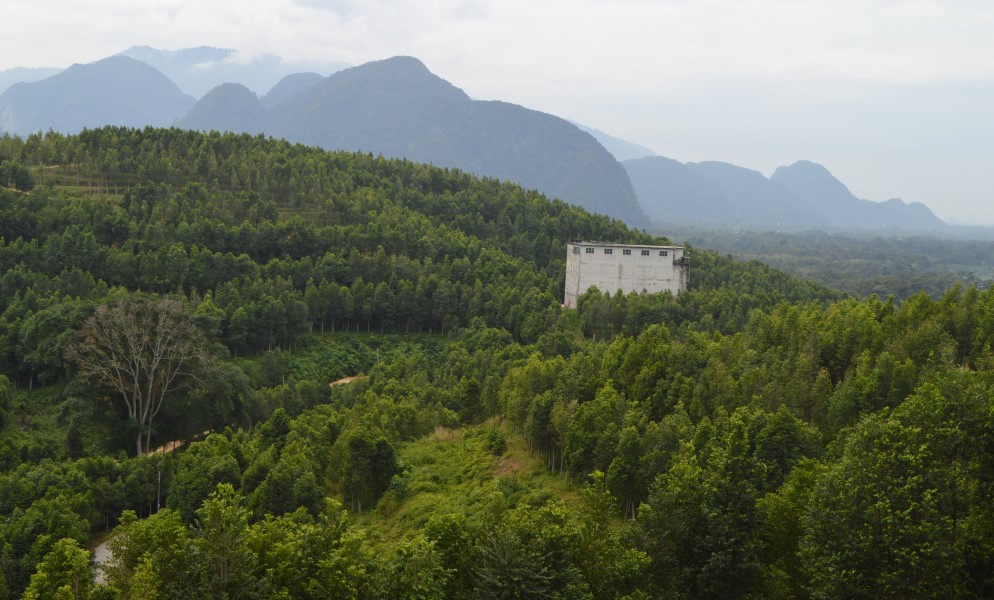In the Gaharu Tea Valley visitors will discover a 300 acre plantation featuring the critically endangered gaharu tree. Additionally, all of the trees located here were cultivated using 100% organic methods.
The Gaharu Tea Valley was established in 1992 by Mr. David Ho Kwan Meng. Originally, he acquired 200 hybrid gaharu saplings from a Japanese Sensei of imperial ancestry. However, these saplings have now proliferated into over 2000 gaharu trees.
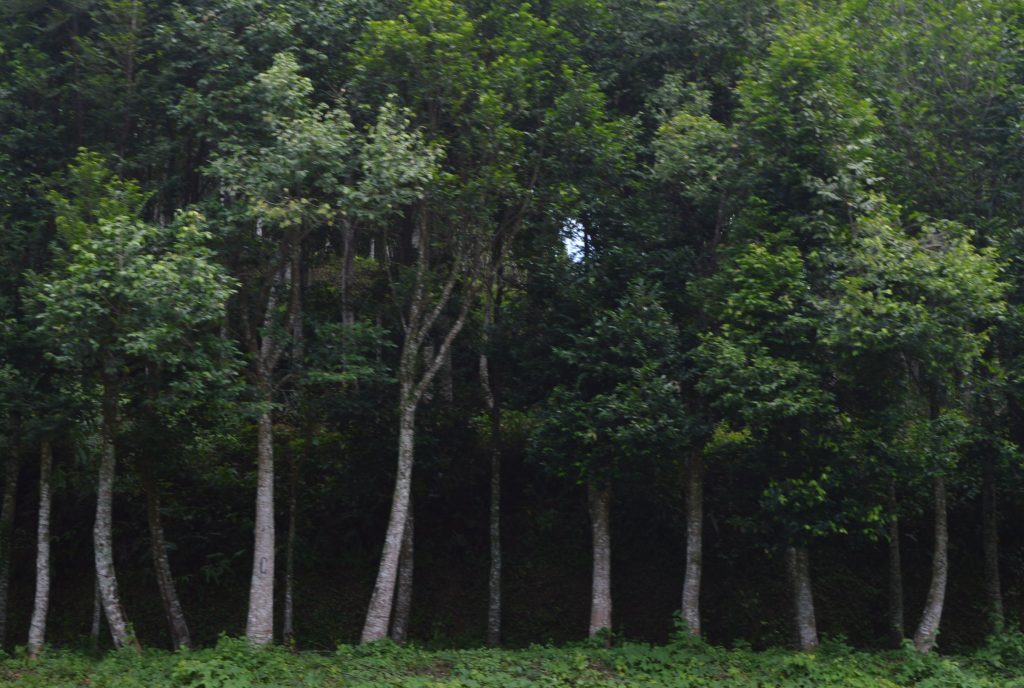
Why is Gaharu Wood Valuable?
Commonly known as agarwood or aloeswood, the wood of the gaharu tree has been highly sought after for many centuries by the ancient civilizations of Asia. Known as the “Wood of God” agarwood is mentioned throughout the ancient Indian Vedic texts.
Over the centuries agarwood has been aggressively sought after by avid collectors and Chinese emperors alike. Plus, the agarwood tree can only grow under certain conditions and it must have been naturally infected with the fungus.
Additional modern factors such as deforestation have made this highly sought after wood nearly impossible to find growing naturally.
As a result of high demand and scarcity of supply top quality agarwood is very expensive. In 2010, prices for the purest quality of agarwood exceeded $100,000 USD per kilogram.
“Agar Resins” of the Gaharu Tree
The wild gaharu tree produces a fragrant “agar” resin after it has been infected with a special fungus. In ancient times, the tree must have been struck by lightening or otherwise damaged to produce the agar resins.
However, at the Gaharu Tea Valley the production of the valuable agar resins is artificially induced by manually scoring the tree. As a result of this injury, the heartwood will be come infected with the fungus. The tree will eventually produce the agar resins and in due time the wood can be harvested for use as incense and perfume.
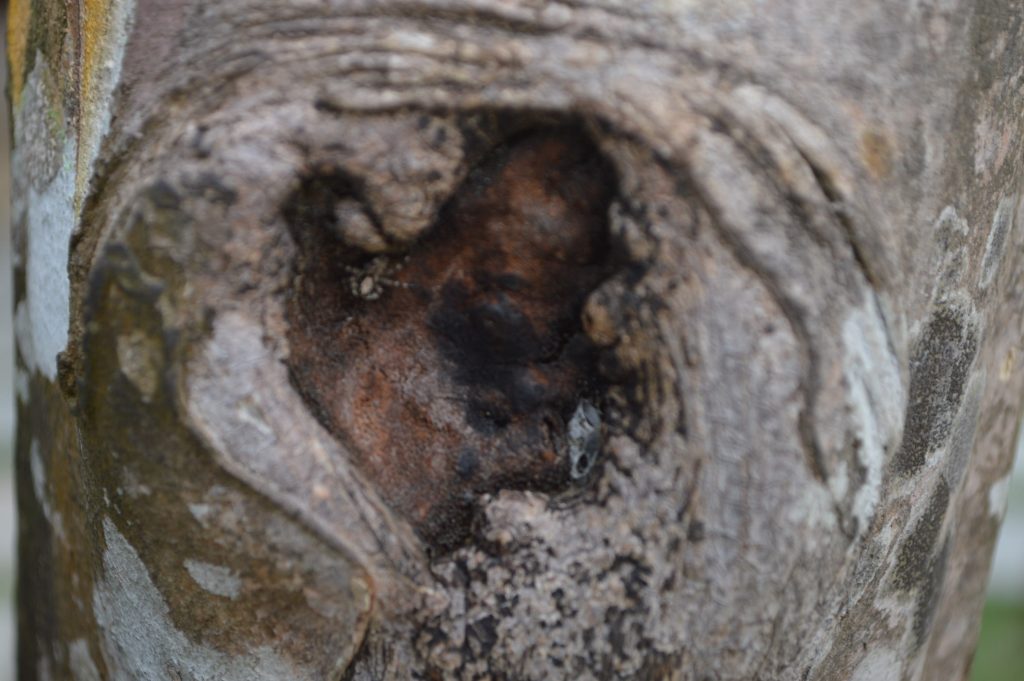
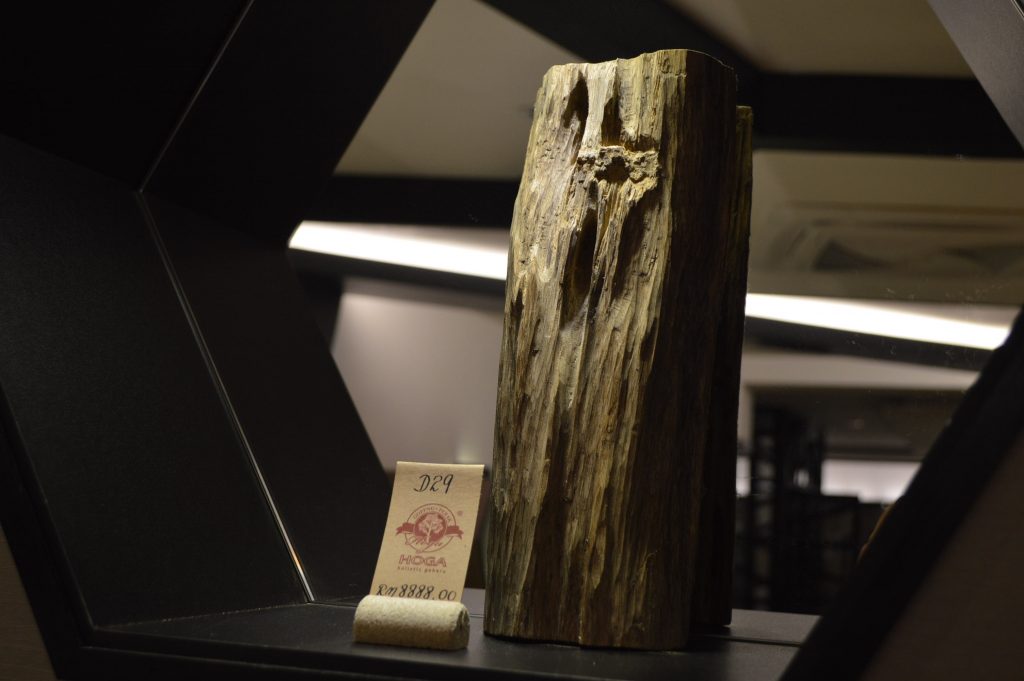
HOGA “Holistic Gaharu” Trees
There are 17 known natural varieties of the gaharu tree worldwide. However, the trees at Gaharu Tea Valley are a special hybrid known as HOGA which is an acronym for “Holistic Gaharu”.
As a result, these gaharu trees can be harvested for making special tea and other holistic products. This is in contrast with the wild gaharu trees referenced above which are not fit for human consumption. The wild gaharu varieties and can only be used for cosmetic purposes such as incense and perfume.
At Gaharu Tea Valley, there are many processed gaharu tree products offered for sale in the visitors center. This includes the gaharu tea and also candies such as nougats.
I bought some of the tea to take home. The benefits are mostly holistic such as enhancing the flow of “chi” energy in the body. However, it also has more tangible benefits such as a smoky, rich flavor and alleviating insomnia.
Gaharu Tea Valley Tours
Gaharu tea Valley is located a few kilometers outside of Ipoh, Malaysia in a small community called Gopeng. The 300 acre plantation is easy to find, just follow the signs through town. When you see the sign you know you have arrived.
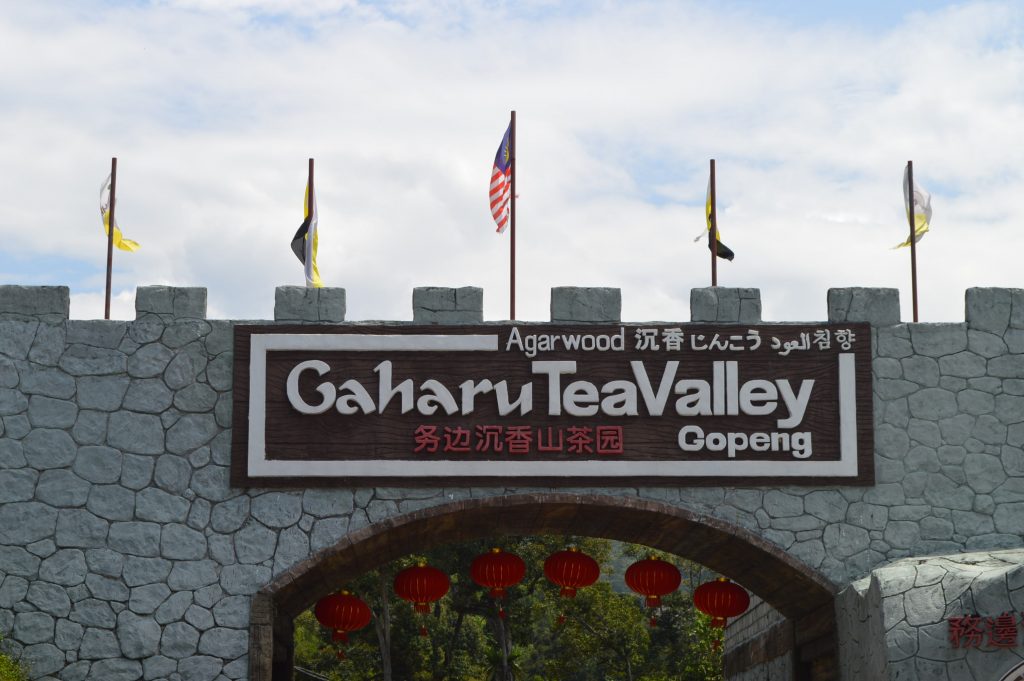
Admittance into the plantation grounds is free and you can browse through the cafe and show room. However, for a nominal fee you can take a guided tour of the plantation.
The guided tour is provided by the plantation staff and it takes you through the valley to the observation tower and other points of interest.

The tour goes through the valley and stops off at different points worth noting. Plus, it includes some guidance on how the trees are cultivated for different purposes such as making tea or the more lucrative agar resins.
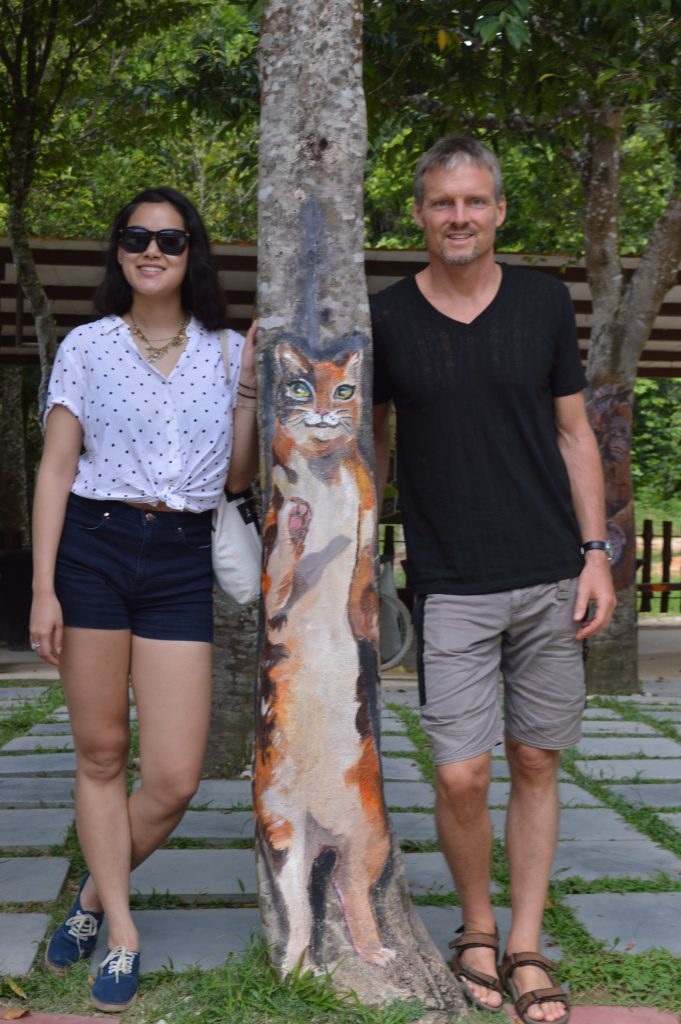

Showroom at Gaharu Tea Valley
The showroom has some pretty impressive specimens of the higher grades of agarwood that they offer for sale. However, it is very expensive depending on the amount and the quality that the buyer is looking for.
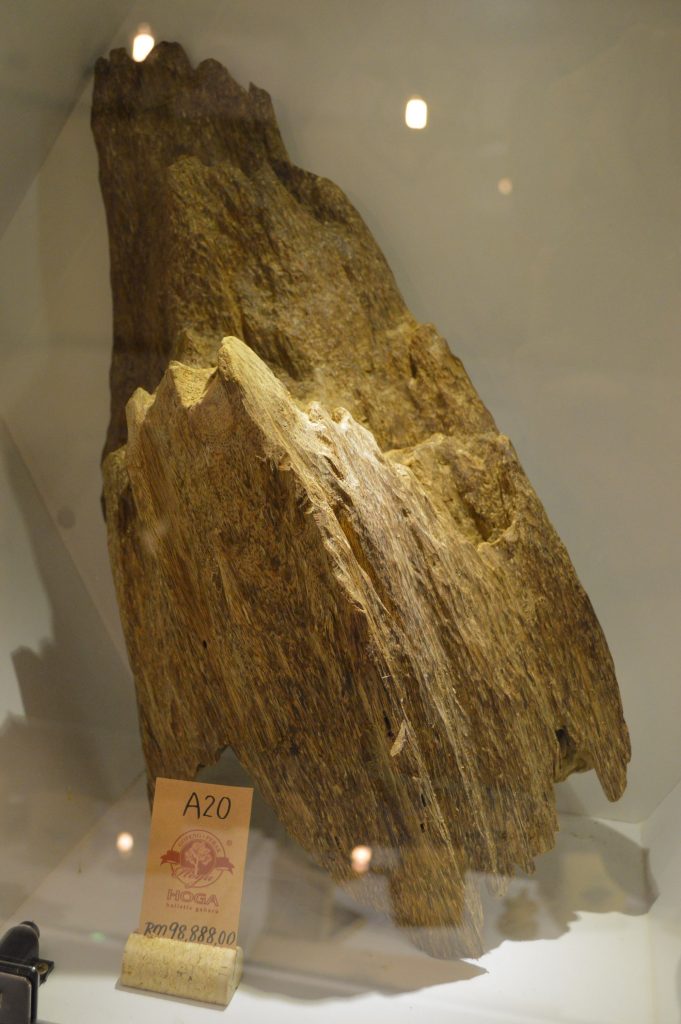

Recommended Malaysia Travel Posts:
Visit Langkawi the “Jewel” of Malaysia
Best Festivals in George Town, Penang
Limestone Caverns at Batu Caves

